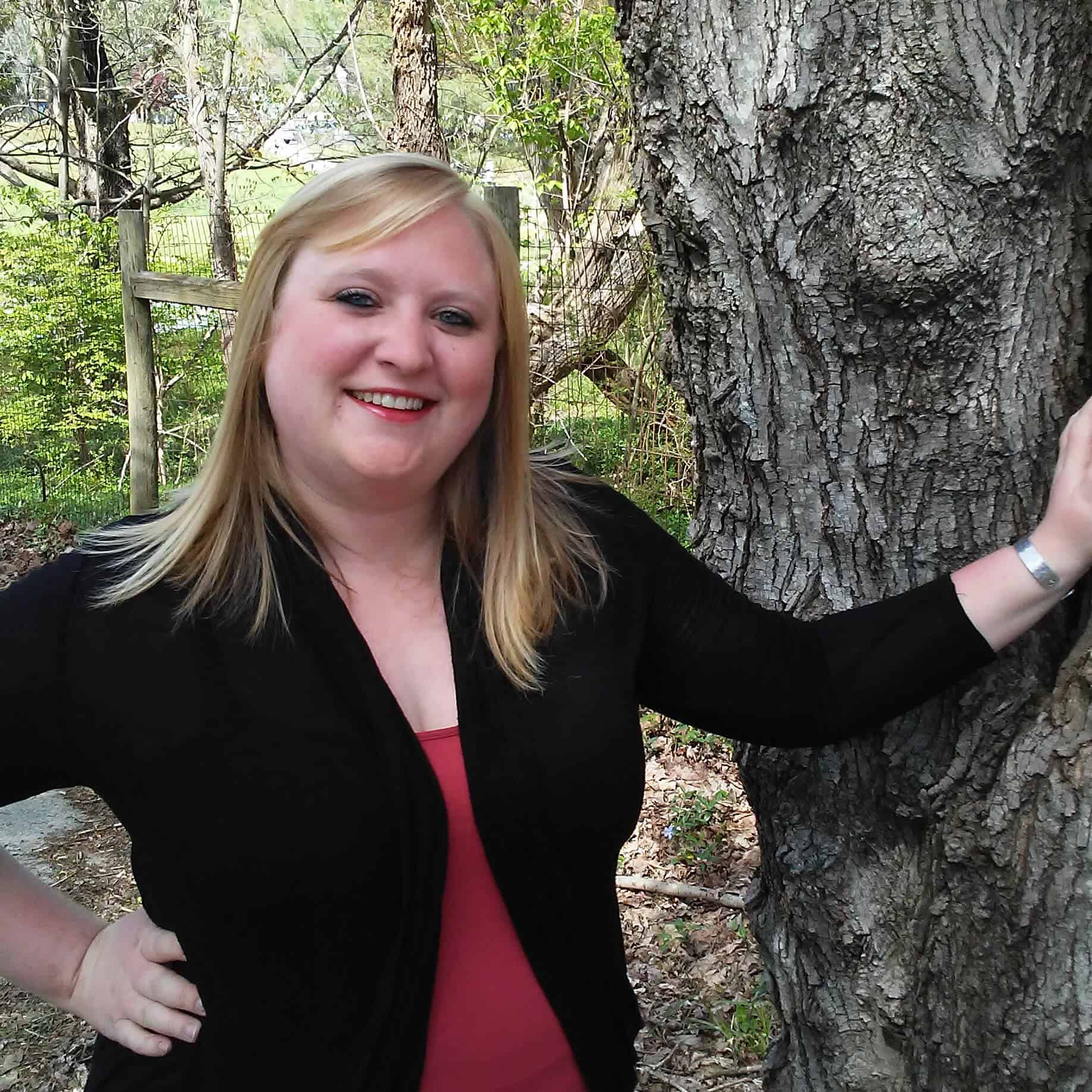Choosing adoption for your baby in Oregon is a profoundly compassionate decision driven by love. This thoughtful choice follows a well-structured process that prioritizes securing the brightest future for your child.
Right now, you may be asking questions like:
- What is the adoption process like?
- How do I “give my baby up” for adoption in Oregon?
- Where are there adoption agencies in Oregon?
- What are the steps of adoption in Oregon?
For all of your questions, it is recommended to contact a licensed adoption agency. They have a team of highly skilled professionals who can offer precise and reliable information, as well as assist you seamlessly throughout the entire process.
While you’re here, continue reading to discover more about the process of placing a baby up for adoption in Oregon.
Is Choosing Adoption Really Giving Up?
Choosing adoption for your baby in Oregon does not equate to “giving up.” Adoption is not simply an alternative; it is a profound expression of love and unwavering commitment to your child’s well-being. By choosing adoption, you are not only providing a nurturing environment but also opening doors to a multitude of opportunities and experiences for your child. It also has benefits for you, including:
- Receiving financial assistance
- Devoting yourself to your career
- Completing your education
- Pursuing your dreams
Placing your child for adoption in Oregon is far from abandonment. It is a compassionate decision that places your child’s future as the top priority. Adoption offers a nurturing environment and benefits not only for your child but also for you. Consider the various adoption options available to you:
- Providing a loving and caring family for your child
- Embracing the potential of maintaining a relationship with your child through an open adoption
- Empowering your child to pursue their aspirations and dreams
Explore the possibilities of adoption and give your child the best opportunities in life.
How to Place a Baby Up for Adoption in Oregon [The 5 Steps]
Step 1: Talk with an Adoption Agency in Oregon
When contemplating giving your child for adoption in Oregon, it is vital to partner with a trustworthy adoption agency that can expertly navigate you through the process. These agencies possess the knowledge and resources necessary to facilitate a seamless experience for both birth parents and adoptive families.
- American Adoptions
- Open Adoption & Family Services
- Adoptions With Love
- A Family For Every Child
- Boys and Girls Aid
If you want to know how to give your baby up for adoption, you should know that adoption agencies are there to provide more than just procedural guidance; they offer an array of services designed to support you throughout your adoption journey. For example,
Choosing between local and national adoption agencies is an important step in the process of placing your child for adoption in Oregon.
Local adoption agencies primarily serve smaller geographical areas, offering personalized care, localized knowledge, and tailored services. On the other hand, national agencies like American Adoptions have a broader scope, catering to birth and adoptive families across multiple states. National agencies can provide a larger pool of potential adoptive families, abundant resources, and generally shorter wait times due to their larger size. However, the decision between a local or national agency depends on your specific needs and comfort level. Choose wisely to ensure the best fit for you and your family.
Step 2: Create an Adoption Plan
Creating an adoption plan is a crucial part of the adoption process in Oregon. This plan acts as a comprehensive guide, delineating your desires and expectations for the adoption process. It encompasses crucial details, including the type of adoptive family you envision for your child, your preferences for post-adoption communication, and the way you hope to experience your time at the hospital.
Step 3: Pick the Perfect Adoptive Family for Your Child
After creating your adoption plan, the next step in the Oregon adoption process is to explore the adoptive parent profiles provided by your adoption agency. These profiles offer a glimpse into the lives of potential adoptive families, including their home environment, family dynamics, hobbies, and values.
Choosing an Adoptive Family:
- Provide details about the desired qualities of the adoptive family, including their location, lifestyle, family structure, hobbies, and religious beliefs.
- Your adoption agency will present you with profiles of families that meet your criteria. Ultimately, the final decision in selecting a family for your child rests with you.
Determining Post-Adoption Contact:
- You have the option to select between open, semi-open, or closed adoption, each offering different levels of post-adoption contact.
- In an open adoption, you can have direct contact with both the adoptive family and your child. On the other hand, in a closed adoption, there is no contact at all. A semi-open adoption involves mediated contact facilitated through the agency.
Your adoption plan also includes outlining your hospital plan. You decide who is present during the delivery, your level of interaction with the adoptive family, and the first moments with your baby.
Explore profiles to find prospective parents who meet your expectations for your child’s upbringing. This step is crucial in ensuring your child is placed in a loving, nurturing environment that aligns with your wishes.
Trust your instincts throughout this process. As the biological mother, you have an innate sense of what is in the best interest of your child.
Step 4: Choose an Adoption Style and Get to Know the Family
Adoption processes are not a one-size-fits-all approach. They can be customized to fit the unique needs and circumstances of those involved. In Oregon, there are three primary types of adoptions: open, semi-open, and closed. Each type offers different levels of communication and contact between birth parents, adoptive parents, and the adopted child.
Each type of adoption presents its own unique benefits and challenges, and the decision ultimately rests on the comfort and preference of the birth parents.
In an open adoption, a direct line of communication is established between the biological and adoptive families, fostering ongoing information exchange and even the possibility of in-person visits.
A semi-open adoption offers a middle ground, allowing for some level of interaction between birth and adoptive parents. This interaction is typically facilitated by the adoption agency, ensuring limited contact while respecting privacy boundaries.
In a closed adoption, no personal information or direct contact is shared between the biological and adoptive families. This approach guarantees complete privacy and confidentiality for all parties involved.
In an open adoption process, getting to know the adoptive parents plays a crucial role. This interaction helps biological parents understand the adoptive family’s lifestyle, values, and love for the child. It builds trust, establishes a connection, and contributes to the child’s emotional well-being. Open communication offers the child an understanding of their roots, heritage, identity, and self-esteem. Adoption is about choosing a loving and stable family for the child.
Step 5: Plan for the Birth and Life After
Once the paperwork is finalized, the expectant mother embarks on a journey of preparation for her life after giving birth. This entails emotional, physical, and financial readiness for the forthcoming changes, as well as establishing a support system to navigate this new phase of life. Each journey is unique, necessitating a focus on self-care and recovery to ensure a seamless transition.
Getting Started with Adoption
If you’ve come to the conclusion that adoption is the most suitable path for you, reaching out to an adoption agency should be your first step.



